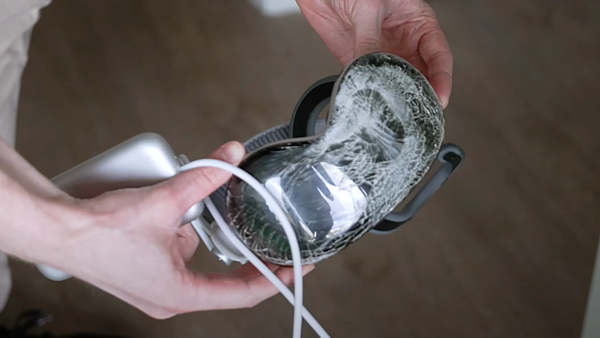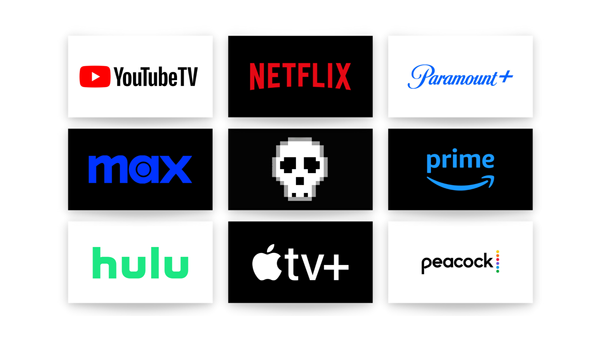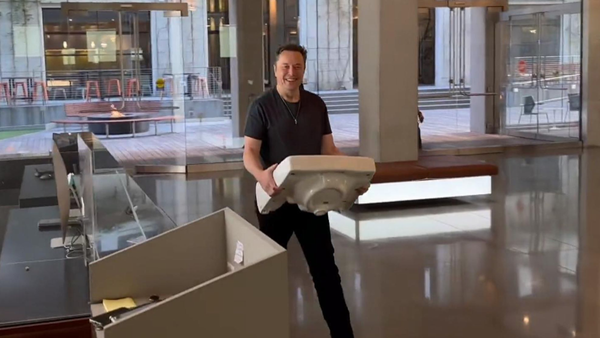Tesla's in serious trouble
Not even plans for a new car in 2025 can distract from the EV maker's poor future prospects
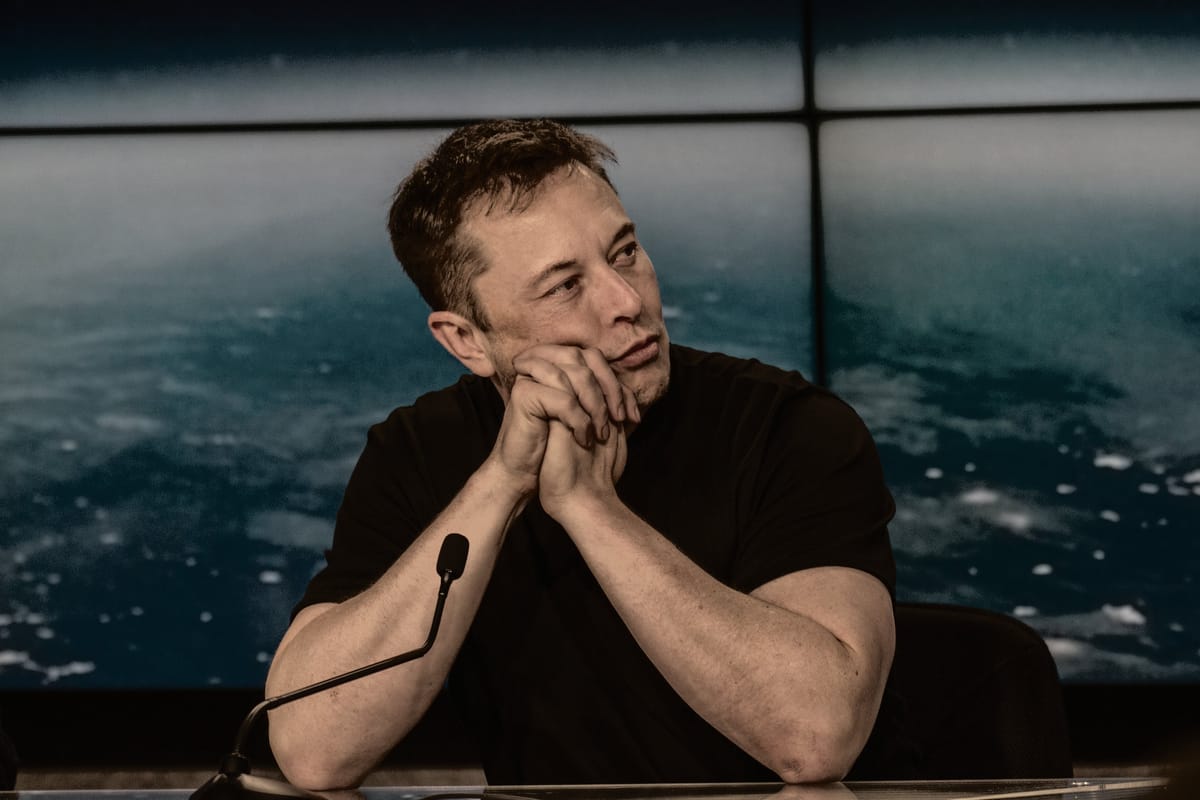
Did you hear the news? Tesla is finally planning a new model and says it will start production in mid-2025! Luckily, their delivery timelines are always spot on and nothing ever seems to go awry on Elon Musk’s watch. Don’t think about the production hell the company is experiencing in Austin and the struggles it’s having with the Cybertruck, nor how it hit the brakes on its big Mexican manufacturing facility just a few months ago. Oh, and whatever you do, don’t look at its fourth quarter results.
On Wednesday, Tesla reported its earnings and there wasn’t much good news to be found. The company’s revenue and profit figures missed analysts’ projections, operating margin was almost half of what it was in 2022, and automotive revenue increased by just one percent. The expectations for 2024 aren’t looking so hot either: Tesla warned its volume growth could be “notably lower” this year and wouldn’t even provide guidance on what it expected that growth to be.
The news about the new vehicle plans for 2025 were nothing more than some red meat to dangle in front of investors and the cult to try to distract from the terrible news. While that may have worked for Musk in the past, it’s not working very well right now. Tesla’s share price plunged 12% after the earnings call, wiping over $70 billion off its valuation, putting the drop so far this year at 28%.
In the past, Tesla could always rely on Musk’s magic touch (and arguably fraudulent claims) to keep investor interest high and the money flowing, but it’s not clear he has the same power he once did and that spells trouble. As competition mounts, regulatory scrutiny increases, internal problems continue to hold it back, and its CEO goes off the rails, the company is facing escalating pressures at the very moment it’s least equipped to overcome them. Tesla is far from dead, but it’s likely facing its biggest test yet and Musk may be a bigger liability than he’s willing to admit.
Escalating challenges
Let’s review the past few months. It’s probably not news that the electric vehicle (EV) rollout in the US hit some headwinds. US EV sales were up over 50% in 2023 over the previous year to 9.1% of total vehicle sales, but the rate of growth trailed off in the second half of the year, even as manufacturers tried to entice consumers with lower prices. That’s led to canceled investments by major manufacturers and slowdowns like at Tesla’s planned Mexico factory, which are leading to a more restrained outlook for 2024.
Tesla was once one of very few EV options available, but now the competition from other manufacturers is increasing even as Musk’s actions turn off much-needed customers. His attacks on labor rights are sure to do the same, especially in Europe. Meanwhile, Tesla’s market share in China is sliding as it faces greater pressure from domestic manufacturers who are increasingly going global. BYD, the Chinese battery maker turned EV manufacturer, poses a significant challenge to Tesla, especially if it seeks to target a lower price point with its next vehicle. The company overtook Tesla to become the top seller of EVs globally in the fourth quarter of 2023, and that shows no signs of reversing in the months to come.
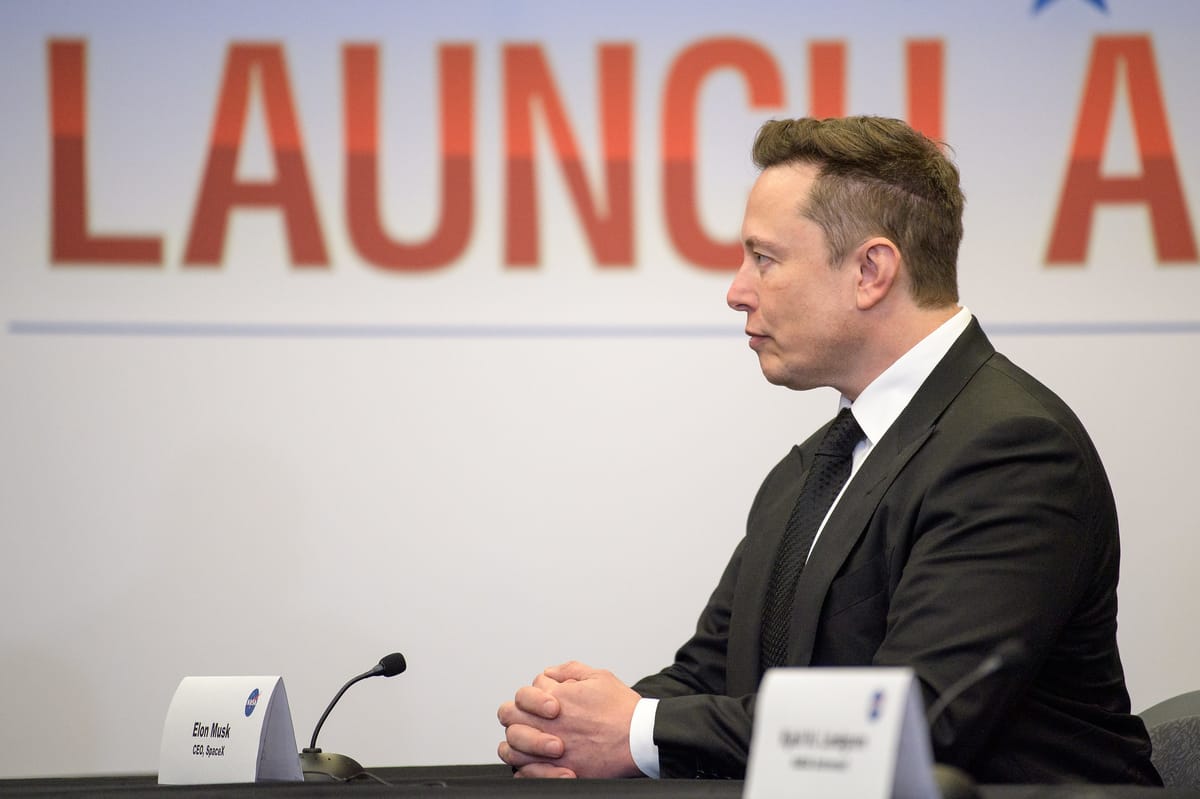
Meanwhile, the corners Tesla cut and the lies it told to get to where it is today are starting to catch up with it. In July, Reuters published an investigation that found Tesla had not only falsely advertised higher range estimates than its vehicles could deliver to customers, but created a dedicated customer service team just to cancel owners’ service appointments when they thought there was a problem with their battery. The Department of Justice (DoJ) has already launched its own investigation, and earlier this month the company decreased the range estimates it advertised for Model Y, S, and X vehicles.
In December, Reuters followed up with another investigation, this time finding that Tesla knew for years about chronic flaws in some of its key vehicle parts. They ranged from suspension connections to steering racks, but when the parts failed, the company blamed the customers. It said they were abusing their vehicles, then stuck them with the bill for the repairs. Tesla has longed struggled to improve its poor vehicle build quality, and this was more confirmation that the company can’t build reliable vehicles.
But the problems didn’t stop there. After growing scrutiny of its Autopilot and Full Self-Driving systems from regulators, the DoJ, and the courts, Tesla was forced to issue major recalls of 2 million vehicles in the United States and Canada, along with another 1.6 million vehicles in China to add more restrictions on how the tools were used. That followed more leaked details in May from German publication Handelsblatt showing thousands of driver complaints about the assisted driving features that Tesla was once again not taking seriously.
These stories may seem like a lot, but they’re just the tip of the iceberg of the challenges Tesla is facing and the accountability that may finally be coming for it. Unfortunately for the company, it has a CEO that only wants to create more drama and is a poor fit to guide the company through the difficult times ahead.
Incompetent leadership
One of the biggest misconceptions about Elon Musk’s tenure at Tesla is that he was an engineering genius who pushed the company ahead against all odds. In truth, as Edward Niedermeyer’s Ludicrous: The Unvarnished Story of Tesla Motors shows quite clearly, Musk’s decisions often had the effect of delaying Tesla’s new models, making them more difficult and expense to manufacture, and thus creating the crises the company constantly found itself in. Its saving grace was the myth built around Musk that made him seem infallible, and which kept investor and government money flowing to keep the company afloat.
But while Musk has been a poor manager for a long time, he’s become increasingly erratic over the past number of years, in part due to his more frequent drug use, as recently chronicled by the Wall Street Journal. That report isn’t to be dismissed lightly. The number of high-placed sources speaking out about the threat he poses to the companies he controls because of his outbursts and bad decisions suggests he could be facing a serious leadership challenge if he can’t get control of himself.
That risk is likely a key part of the reason Musk is now holding investors to ransom, threatening to move AI and robotics work outside Tesla unless the company grants him a massive stock award to bring his control from nearly 13% all the way to 25%. But it’s not clear that would be a good idea. Musk’s value to the company erodes with every passing day and tweet-related scandal, and he’s not equipped to chart a solid path forward for the company.
In recent years, Musk has been playing around with the Optimus robot and the pushing the Cybertruck, which is panning out to be a major waste of time for Tesla. But he also wasn’t on board for the new model he’s now touting for 2025 to try to convince people to stay with the company through the bad year — more likely several — it has in front of it.
In Walter Isaacson’s biography, he describes how Musk told the design team to abandon its work on a mass-market vehicle. Instead, on August 18, 2022, Musk instructed them to work exclusively on a robotaxi without pedals or a steering wheel. When they pushed back, he got angry and told them, “Let me be clear. This vehicle must be designed as a clean Robotaxi. We’re going to take that risk. It’s my fault if it fucks up.” A few weeks later, he told them, “This will be a historically mega-revolutionary product. … This is the product that makes Tesla a ten-trillion company.”
But the design team wasn’t buying it. They could see Full Self-Driving’s actual capabilities weren’t matching Musk’s claims, nor his fantasies about its future progress. In September 2022, Chief Designer Franz von Holzhausen and VP of Vehicle Engineering Lars Moravy had to sit him down and explain that without a cheaper model, Tesla wouldn’t hit its growth targets. They proposed making a vehicle platform that could work for a robotaxi and a $25,000 model to target a much wider market. Isaacson describes Musk not being happy with the new direction and saying the more affordable vehicle was “not that exciting of a product,” but he eventually had to accept the advice of the real experts.
Silver lining
Tesla has accumulated a long list of unlikely wins, so it’s far too early to count it out, especially if the people close to Musk can convince him to get his act together or go around him to keep investors onboard and drinking the Kool-Aid. That might work, because if they don’t place their faith in the company, Tesla’s share price will tank and take their investments along with it. We shouldn’t underestimate how Tesla’s inflated valuation has insulated Musk from real accountability from his board and investors for so long.
But there’s another aspect of Tesla’s business that shouldn’t be forgotten and which gives it a significant degree of leverage that will persist even if its vehicle business can’t successfully make the mass-market pivot. I’m not talking about the scam solar roof or the bullshit robot, but the infrastructure it controls that is becoming even more central to making the EV future a reality: the Supercharger network.
Last year saw virtually every major automaker announce plans to adopt Tesla’s charging plug to gain access to the Superchargers within the next year or two. After years of trying to adopt a common standard, they’re opting for Tesla’s proprietary option because the EV charging network is far too unreliable and confusing. By gaining access to the Superchargers, other manufacturers get access to a large network of chargers that tend to be properly maintained and will reliable charge vehicles relatively quickly.
Tesla has no intention of retreating from the vehicle market, but if the competition gets too aggressive and it can’t get its manufacturing acumen where it needs to be to effectively execute a mass-market vehicle, it still controls the infrastructure that all the other manufacturers are relying on. That’s not to be ignored, but it’s also not the path to becoming a “ten trillion” business that Musk fantasizes about and investors dream he may one day deliver.




